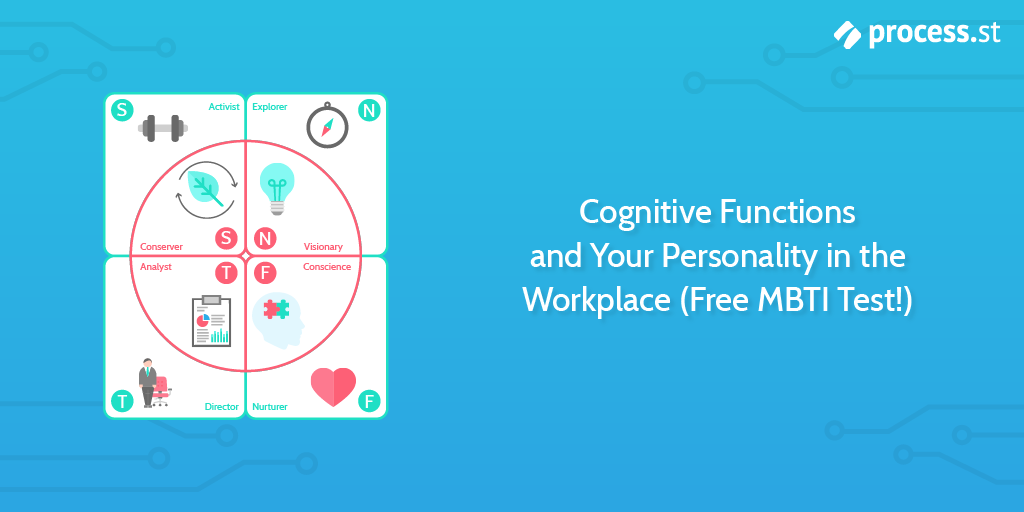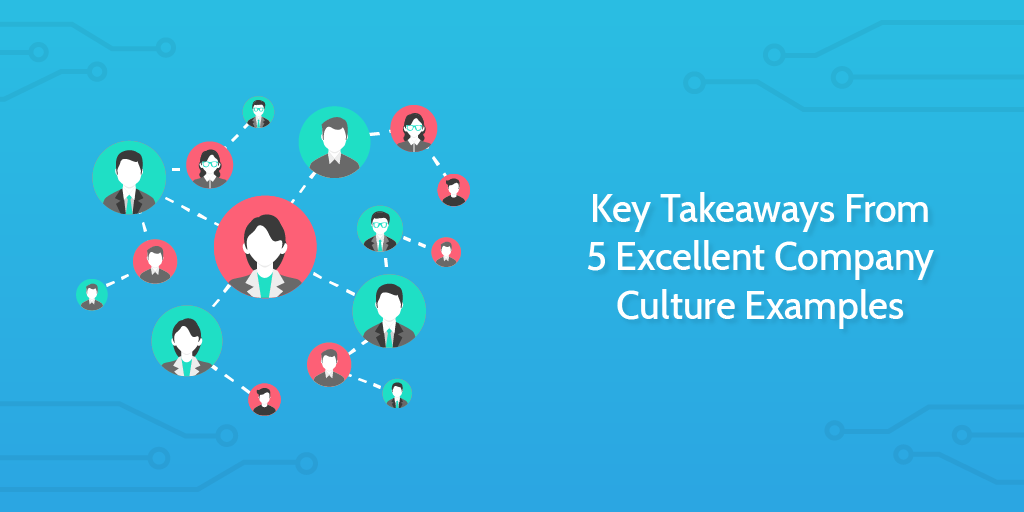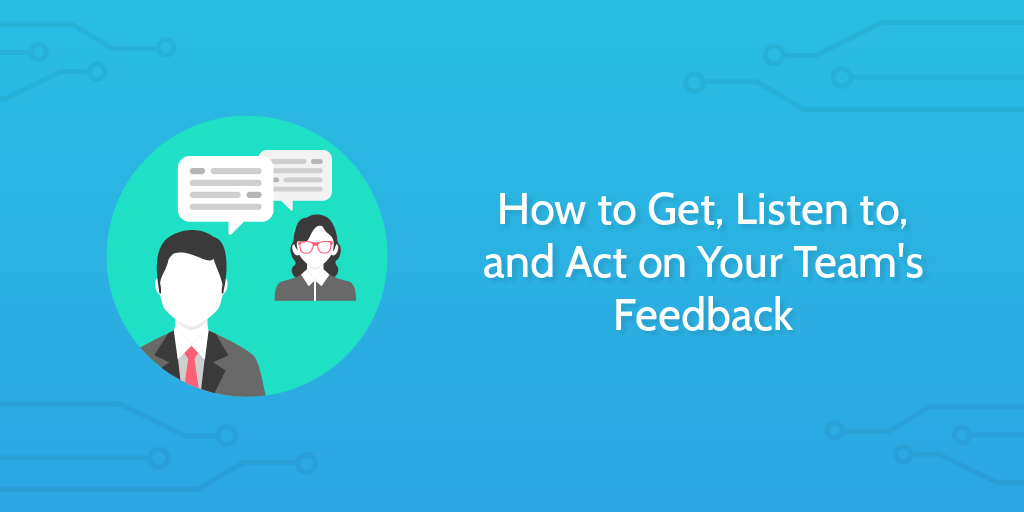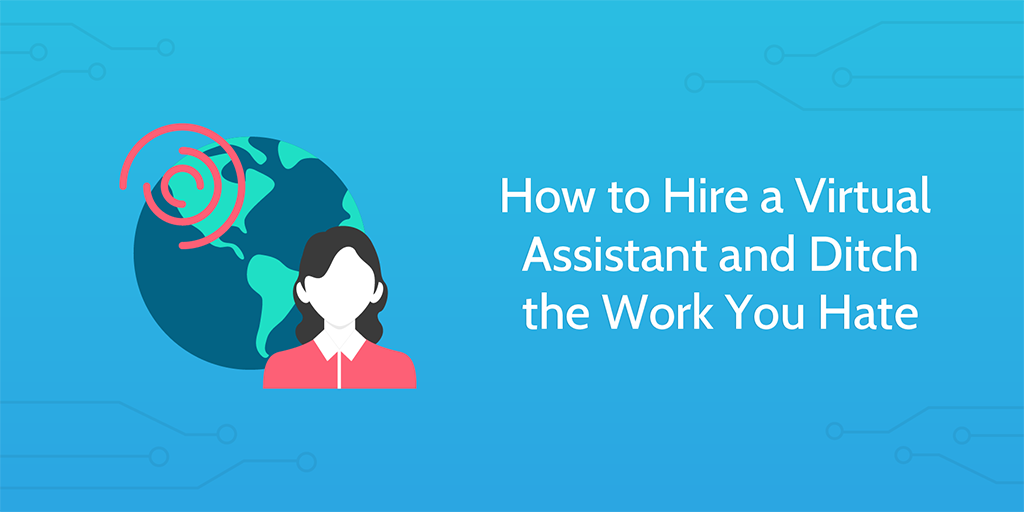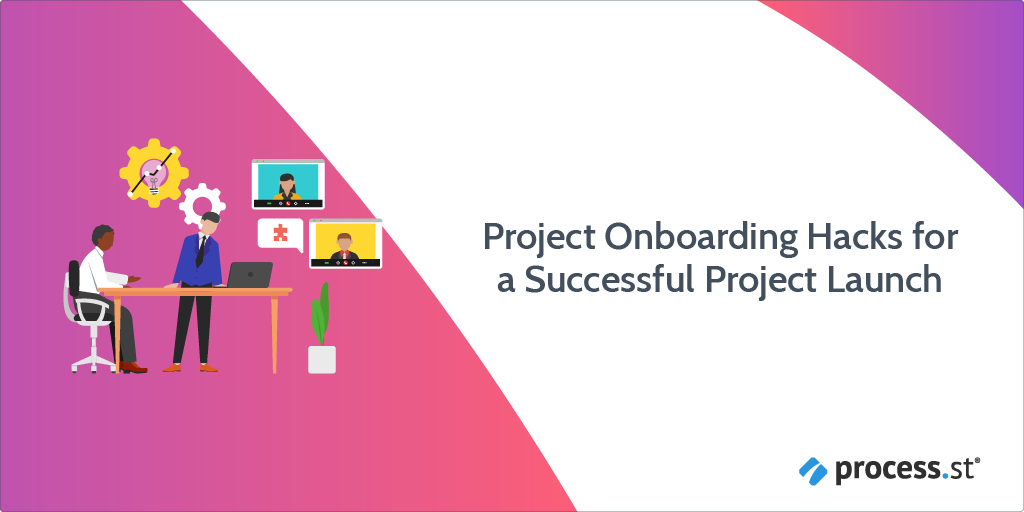
Project onboarding can significantly impact the success (or failure) of your project.
Let me show you how.
So your boss hands you a new project to run and mentions that some people are already lined up to help get it done. Great, you think. You call the first one on the list, but they don’t really know anything about the project beyond the fact they’ve been ‘volunteered’ by their team leader.
This is where you switch into onboarding mode.
As a project manager, one of the first things to do is get the project team together. You need to build a team that has a common goal and that knows how the work is going to get done. That doesn’t happen overnight but you can certainly influence the speed (and willingness) of people to get involved with your project if you introduce them to the work in a structured way.
In this article, I’ll share my top tips for onboarding new people to a project team. I’ll also draw on the experience of other practicing project managers who have shared their stories so you can quickly get your projects off the ground with a team that knows what to do. To jump to a specific section click the link below.
- The stakeholder life cycle
- Project onboarding: Getting the team engaged
- Project onboarding: why the project is important
- Project onboarding: Build long-lasting, positive relationships
- Using checklists for project onboarding
- Project onboarding: Next steps
Alternatively, just keep scrolling.
Continue Reading







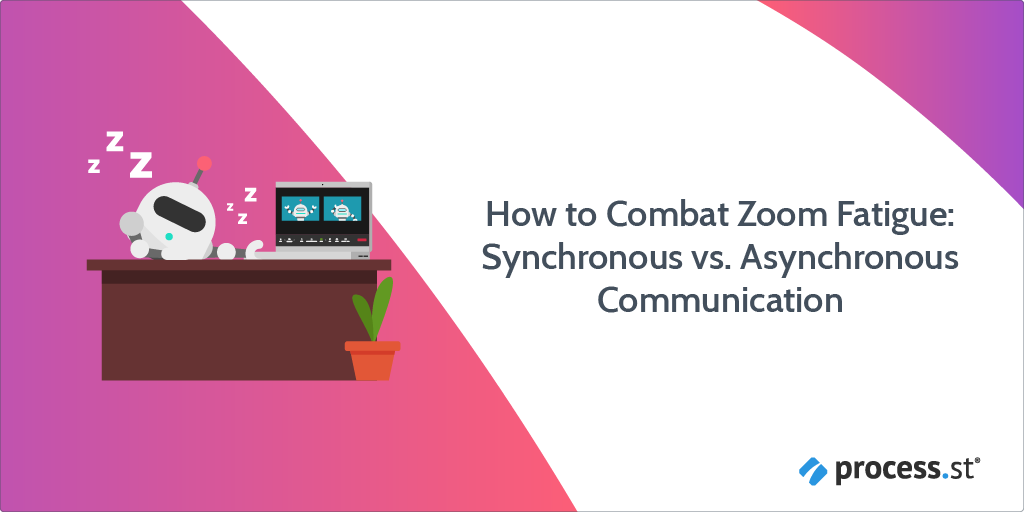 It’s 4 p.m. and you’ve got a welcome call with your newest team member. Ideally, you’d feel full of life, ready to welcome her with enthusiasm and get her excited about the weeks to come.
It’s 4 p.m. and you’ve got a welcome call with your newest team member. Ideally, you’d feel full of life, ready to welcome her with enthusiasm and get her excited about the weeks to come.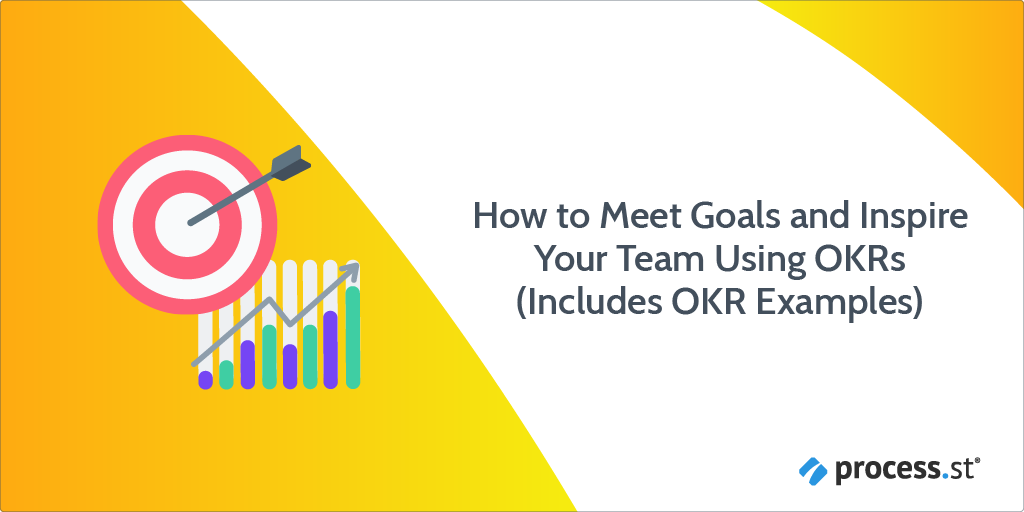

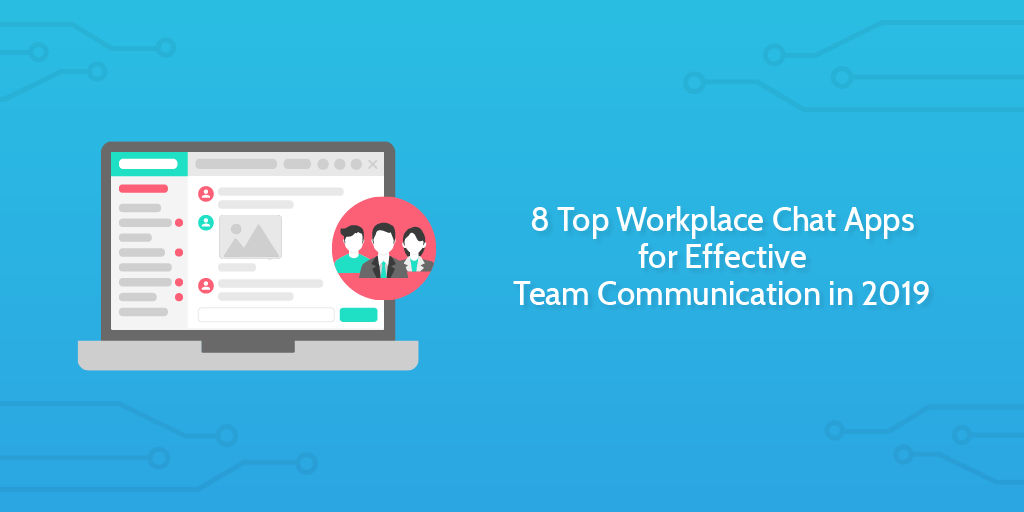 This is a guest post from Mile Živković, a content writer and work-life balance expert at
This is a guest post from Mile Živković, a content writer and work-life balance expert at 